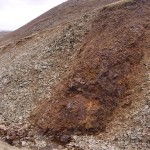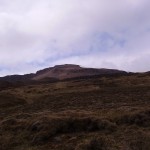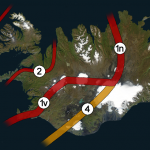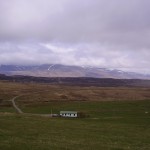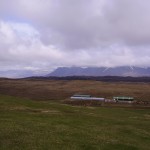There appears to be an harmonic tremor pulse going on in Katla volcano. While I currently do not think that this is going to start an eruption. It is worth watching this harmonic tremor pulse in Katla. But in the year 1999 this type of activity did result in minor eruption in Katla volcano on the 17. July that year (it is believed).

Harmonic tremor pulse can be seen on the SIL station Lágu Hvolar. Copyright of this picture belongs to Icelandic Met Office.

Harmonic tremor pulse can be seen on this SIL station Álftagröf. But it is hard too see it then on Lágu Hvolar. But that suggests that this tremor pulse is in fact quote weak one. Copyright of this picture belongs to Icelandic Met Office.
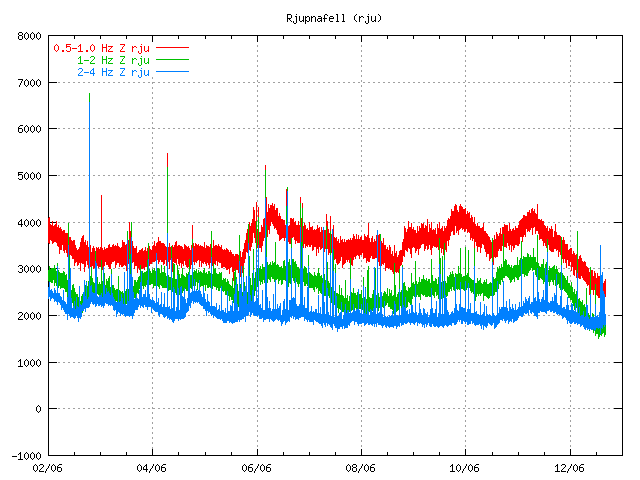
Harmonic tremor pulse can be seen on this SIL Rjúpnafell. It is more stronger signal then on Álftagröf, so it suggest that the source of this tremor pulse is closer to this station then on Álftagröf. Copyright of this picture belongs to Icelandic Met Office.
All pictures are from 16:28 UTC on 12. June 2011.
On other station around Katla volcano I do not see this harmonic tremor pulse on the Icelandic Met Office on-line tremor chart. But that does not mean that it this tremor pulse is not being detected on other SIL stations around Katla volcano.
The source of this tremor pulse is most likely an dike intrusion at great depth inside Katla volcano that is taking place without any earthquake activity. This has happened before without resulting in an eruption from Katla volcano (besides the event in the year 1999). I do not think that this means an eruption is going to happen soon. But this might signal that Katla volcano is about enter an more activity phase then in last few decades. But if that is going to turn out that way is something that only time can answer.

